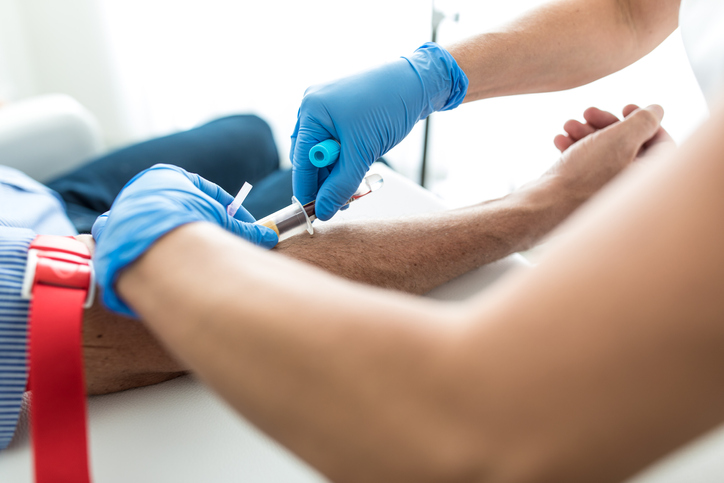Pain
Diagnosing Colitis

What is colitis?
Colitis is a health condition that involves inflammation of the large intestine, or colon. Colitis symptoms range from mild to severe. The main types of colitis include ulcerative colitis, pseudomembranous colitis, ischemic colitis, and microscopic colitis.
How is colitis diagnosed?
Several medical tests and procedures can be used to diagnose colitis. Typically, a gastroenterologist or other health care professional begins the diagnostic process by gathering a medical history and conducting a physical exam. Questions about the duration, type, and severity of symptoms, any weight loss or weakness, and any family history of bowel disorders may be asked. A physical exam typically includes a health care professional checking vital signs (i.e., temperature, blood pressure, etc.), looking for signs of dehydration, feeling the abdomen for tenderness or masses, and listening to bowel sounds with a stethoscope.
Based on the findings of the medical history and physical exam, one or more tests may be ordered. Diagnostic testing may include laboratory tests, imaging tests, and other procedures.
Laboratory tests
Several laboratory tests may be ordered during the diagnostic process.
- Complete blood count
A complete blood count (CBC) can show low levels of hemoglobin, which may indicate colitis-related anemia. A CBC also reveals levels of red and white blood cells. Elevated red blood cell levels can suggest dehydration, and elevated white blood cell levels can indicate an infection. - Other blood tests may also be used to check electrolyte levels and kidney function, which may be affected by dehydration.
- Urinalysis
A urinalysis can also show signs of dehydration. - Stool sample
A stool sample may be collected and tested for parasites or bacteria. It can also be tested for the presence of blood.
Imaging tests and procedures
Imaging tests that may be used during the diagnostic process include X-rays, ultrasound, computerized tomography (CT) scan, or magnetic resonance imaging (MRI) scan.
- Barium enema
A barium enema is a specific type of X-ray in which the colon is injected with barium before an x-ray is taken. This makes the colon more visible to the radiologist. - Colonoscopy
A colonoscopy is one of the most common procedures used to diagnose colitis. During this procedure, a camera on the end of a tube is used to examine the rectum and colon. The procedure shows inflammation in the colon and allows the physician to take a biopsy to help determine the cause of colitis. - Sigmoidoscopy
A sigmoidoscopy is similar to a colonoscopy; however, rather than an examination of the entire colon, just the rectum and lower part of the colon are screened.
The combination of a medical history, physical exam, laboratory and imaging tests, and diagnostic procedures can help rule out similar health conditions and confirm a diagnosis of colitis.










